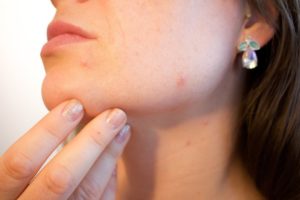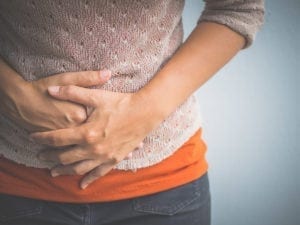The Health Benefits Of Soy Protein For Women During Menopause

Let’s explore the health benefits of soy, a staple food in many vegetarian diets, particularly in Asia. It has many healthy nutritional properties and is the preferred protein source for women.
Health benefits of soy #1: it’s a complete protein
Soy protein is a complete plant protein therefore it contains all of the essential amino acids our body can’t make. In addition, being plant-based makes it a great protein source for vegans and vegetarians.
Health benefits of soy #2: about breast cancer
Some New Zealand and Australian women are cautious about soy due to the fact that it contains isoflavones. These are phytoestrogens or weak, plant-based estrogen-like compounds.
Because high estrogen levels have been linked to breast cancer it was thought that soy could also have a link. However, phytoestrogens are recommended during pre-, peri- and post-menopause. As well as that, numerous studies show there is a lower incidence of breast cancer amongst Asian women. And that’s pretty telling as they consume the highest levels of soy in the world.
Further, Japanese women, who eat significantly more soy than Americans, have a lower incidence of breast, uterus, and prostate cancers.

Scientific studies on the health benefits of soy
There has been a lot of research on soy and cancer – below is a brief summary.
In a large meta-analysis (a combined analysis of all available studies) conducted in Japan, the researchers concluded:
“This meta-analysis supported the hypotheses that soy food intake may be associated with a decreased risk of breast cancer due to isoflavones.”
And in a large study in Shanghai and a follow-up study the researchers concluded:
“These data suggest that soy foods do not have an adverse effect on breast cancer survival.”
What’s more, in Western countries, the Washington University published a meta-analysis specifically on soy protein in the International Journal of Cancer Prevention. They concluded that regular consumption of soy protein containing foods and beverages may reduce the risk of breast cancer. And by as much as 22 percent.
The Mayo Clinic references soy in this article. In it, they discuss how intake of soy protein lowers breast cancer risk.
And Web MD has written this easy to read overview, which concludes that soy is safe for women of all ages:
Benefits of soy #3: protection from heart disease
There has also been a lot of research on soy’s protective effect on the heart. The conclusion is that soy protein reduces low-density lipoprotein (LDL) cholesterol and elevates HDL. And it also decreases triglycerides, which reduces the risk of coronary heart disease.

The evidence was so overwhelming that the conservative USA Food and Drug Administration (FDA) approved the following health claim for soy:
“25 grams of soy protein per day, as part of a diet low in saturated fat and cholesterol, may reduce the risk of heart disease.”
“25 grams of soy protein per day, as part of a diet low in saturated fat and cholesterol, may reduce the risk of heart disease.” Click To Tweet
References:
- Li-Qiang QIN, Jia-Ying XU, Pei-Yu WANG, Kazuhiko HOSHI; Soyfood Intake in the Prevention of Breast Cancer Risk in Women: A Meta-Analysis of Observational Epidemiological Studies Journal of Nutritional Science and Vitaminology, Vol. 52 (2006) No. 6 P 428-436
- Sonia M. Bovapati et. Al.; Soyfood intake and breast cancer survival: a follow up of the Shanghai Breast Cancer Study. Breast Cancer Research and Treatment
July 2005, Volume 92, Issue 1, pp









